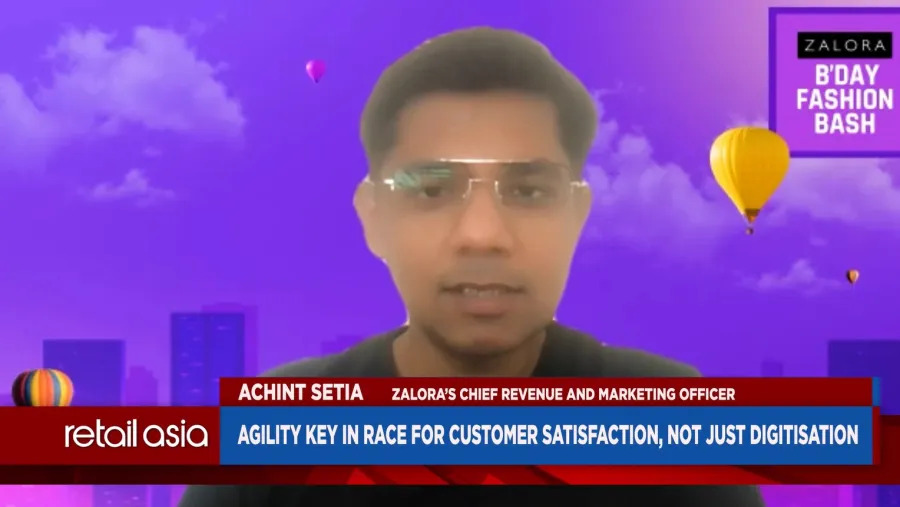
Hyperconsumerism is on the rise in Southeast Asia: study
Innovations, such as live-streaming and VRs, have perked up customers' shopping experience, said Zalora.
Hyperconsumerism has been observed to drive e-commerce growth in Southeast Asia the past year as customers ease into the omnichannel shopping experience, a top executive of ZALORA said.
Interviewed by Retail Asia on the Southeast Asia Trends Report for 2022, ZALORA Chief Revenue and Marketing Officer Achint Setia explained the behaviour of customers as businesses pivoted to digital during the COVID-19 pandemic. Setia recalled how the lockdowns forced businesses to build an integrated retail strategy using different methods of interaction available to customers, be it online, via a mobile device, or through a physical store.
“A lot of innovations happened across the omnichannel ecosystem,” said Setia, who noted how customers easily caught on to the trend of shopping both online and offline.
ZALORA, for instance, has taken initiatives to bridge the gap between online and offline shopping experiences by partnering with leading brands in Southeast Asia and creating innovative shopping experiences through pop-up activations.
Such innovations introduced by businesses, which, as of late, have moved from live-streaming to virtual reality and even AI-assisted technology, have perked up customers’ shopping experience.
“And that is where this whole term of ‘shoppertainment’ evolved, which was a combination of entertained users while they’re shopping,” Setia said.
This might partly explain the trend of hyperconsumerism in Southeast Asia which has e-commerce growing at an exponential rate.
“Customers are looking for seamless experiences between the offline and online worlds,” said Setia, adding that this is why digital payment instruments and “buy now, pay later” options are popular.
Meanwhile, offline searches for restaurants and malls have also increased significantly, leading to a strong uptick in demand for consumer products such as swimwear, sunscreen, and “athleisure.”
The ZALORA executive said shopping festivals have also become a big part of the hyper-consumerism trend in the region, with double-digit events almost every month with more engagement from both customers and retailers.
He said it is important to streamline experiences across touchpoints and to constantly go back to the customer to understand what makes their shopping journey more convenient.
Setia stressed that personalisation and segmentation are key pillars of successful strategies, and ZALORA has scaled up its loyalty program, “ZALORA Now,” to offer experiences to customers, from discovering better products to early access to big events, and faster delivery options.
Setia concluded by telling Retail Asia that brands need to make sure they offer value for money and hassle-free experiences to build long-term relationships with customers.



















 Advertise
Advertise




